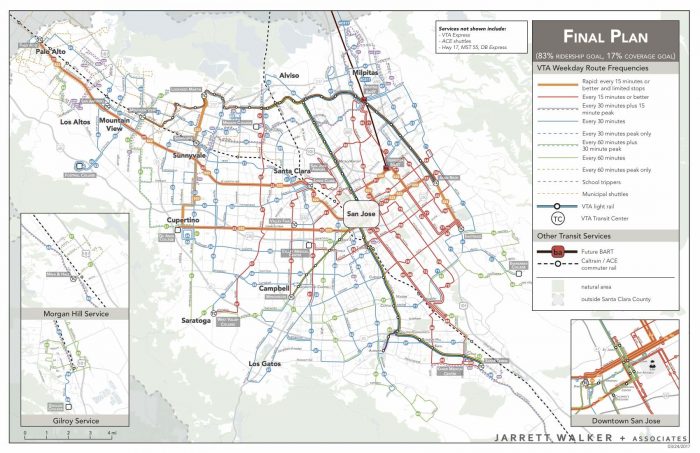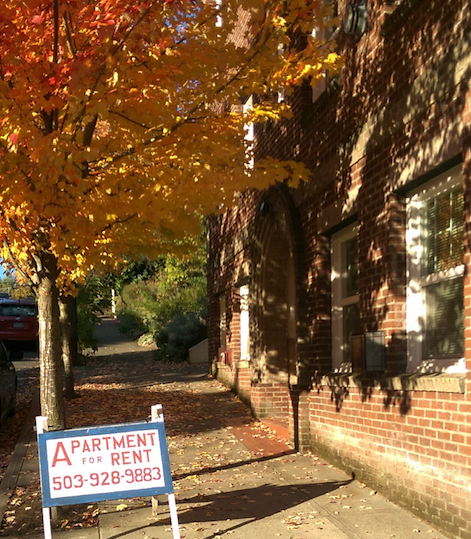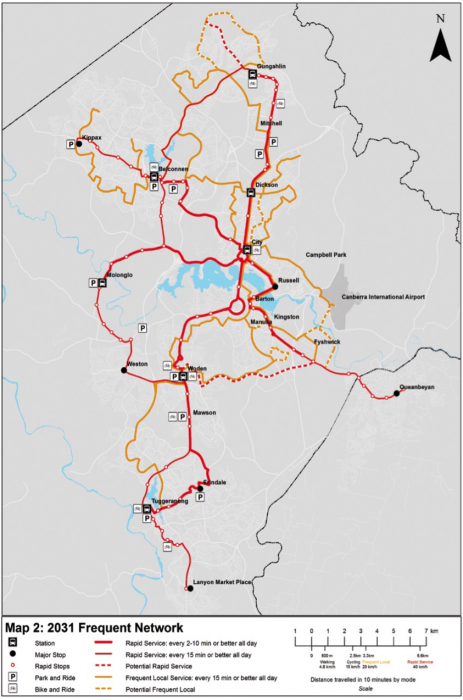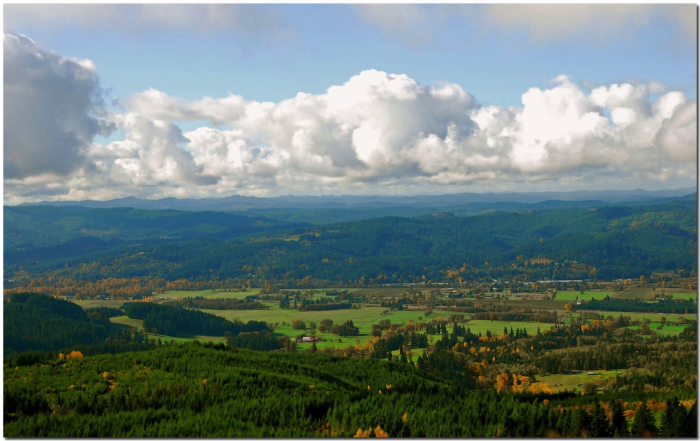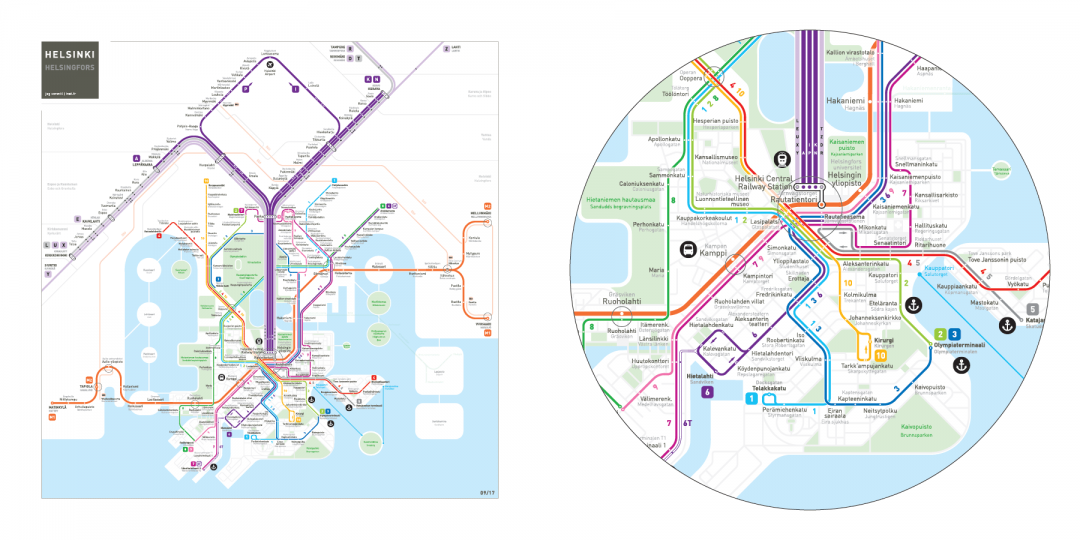Next week I’m making a quick Arkansas-Tennessee tour, and I’ll be doing public lectures in Bentonville, Arkansas on Monday night (Nov. 13) and Chattanooga in Thursday night (Nov. 16). See those links for details. Hope y’all can come by!
San Jose / Silicon Valley: Free Connections Make a Network
One of our recent projects was a major redesign for the bus system in Silicon Valley, more exactly Santa Clara County, in California. The plan has been approved by the Board of Directors of the transit agency, VTA, but is stuck waiting for the BART rapid transit extension around which it was designed.
Still, the agency is moving ahead with the most critical step: getting rid of the fare penalties for getting off of one bus or train and onto another. (This act is commonly called transferring, although I recommend calling it connecting.) These penalties are common, but they are also insane. Connecting from one transit vehicle to another is exactly what customers need to do in a maximally efficient network that gets the most people to the most places fastest. Connections, in short, are what combines a pile of lines into a network. It is insane to make customers pay extra to do the thing that uses your resource most efficiently.
The new network is a high-frequency grid system — and so, to some degree, is the existing one. Here’s the new network, with frequent lines in black, red and orange. (Download sharper version here.)
Wherever red lines cross, you can “turn” by changing from one transit line to the other, and because of the high frequency, the next bus or train will be along soon. Imagine what driving would be like if there were special surcharges for turning!
To eliminate these penalties, of course, is to lose some revenue, at least initially. So you usually have to raise the base cash fare to compensate, which sets off all kinds of alarms about “raising fares.” VTA is raising its base fare only modestly, from $2.00 to $2.25.
But really, this shouldn’t be called raising the fare at all, because it is vastly increasing what the fare buys. Instead of buying service only along the line you happen to be on, the new fare buys access all over the city and county. Yes, some people who’ve built their lives around a single transit line will complain, but in such a decentralized county, with so many destinations throughout, it’s only a matter of luck if your home and destination are on the same line. To really get places, you need connections.
Learning from Portland’s “For Rent” Signs
Joe Cortright spreads the good news that “For Rent” signs are proliferating across Portland, signaling an easing of the affordable housing crisis. And he points out a critical thing that many activists miss. That luxury housing that affordability advocates decry does improve affordability for everyone.
The … myth is that you can’t make housing affordable by building more of it, particularly if new units are more expensive than existing ones. The surge in vacancies in existing apartments is an indication of the interconnectedness of apartment supply, and an illustration of how construction of new high end, market-rate units lessens the price pressure on the existing housing stock. When you don’t build lots of new apartments, the people who would otherwise rent them bid up the price of existing apartments. The reverse is also true: every household that moves into a new apartment is one fewer household competing for the stock of existing apartments. This is why, as we’ve argued, building more “luxury” apartments helps with affordability. As our colleagues at the Sightline Institute recently observed, you can build your way to affordable housing. In fact, building more supply is the only effective way to reduce the pressure that is driving up rents. (Emphasis added.)
Why mention this on a transit blog? Because the mistake activists make here is the same one that many transit advocates make, which is to think of wealth as a set of boxes, called classes, that never intermix or affect each other. It’s the same mistake that underlies the false dichotomy of “choice” and “dependent” riders in transit planning, the notion that you need separate services for each type of rider because they are absolutely different kinds of people who will never mix.
In fact, wealth is a spectrum. People are everywhere along it. Admittedly, this is less true that it once was, but it’s still true. So although people certainly differ in wealth and thus in the options they have, they are still part of the same diverse market — for housing, as for transit. When advocating for a fairer and more equal economic world, don’t lose track of this. Don’t become so focused on us-them differences that you miss the solution that improves things for everyone, including you.
Anchorage: Alaska’s First Frequent Network
We’re happy to announce that Anchorage’s new bus network, for which we were the planning consultants, went live yesterday. Without adding much operating cost, it introduces a network of four frequent lines — shown in red — where there were previously none. See these maps in high resolution here.
Again, the colors matter: red means high frequency (every <=15 minutes) while blue means every 30 minutes, green means every 60 minutes, and brown means less frequent than that.
(And if you like trivia, this is the northernmost Frequent Network in its hemisphere!)
This plan was the result of a two-stage public conversation which began by thinking about the trade-off between ridership goals and coverage goals. The first round of that process led to a decision to lean heavily toward ridership — which means focusing resources where demand is highest instead of trying to cover the whole city. So as always, a no-growth plan isn’t good news for everyone. You can see several route segments disappearing.
We worked hard, though, to minimize that impact. In the urban grid in the northern part of the city, lots of little hourly segments winding between the major grid streets have been removed, but there is still some service within walking distance for most of these people. Further south and west, the development pattern is more scattered and less walkable, so focusing on high-demand areas meant complete deletion of service to some low-demand areas.
Remember, we didn’t propose this shift toward ridership. As always, we laid out options and let the community decide. If a community decided it wanted less frequency in order to have more coverage, we’d help them do that, too.
Another moral to this story: Active political leadership matters! These plans usually need at least one political leader to show active interest, not just passive support. Anchorage Mayor Ethan Berkowitz took personal interest in this project, engaging with it far more than any mayor in any city we’ve worked in so far. His leadership was critical to pushing it over the line.
We really enjoyed collaborating with the great staff at Anchorage’s municipal transit department, People Mover. It was a fun project for us from start to finish, because we were dealing with people who were really enthusiastic about making a better system.
Singapore: No More Cars
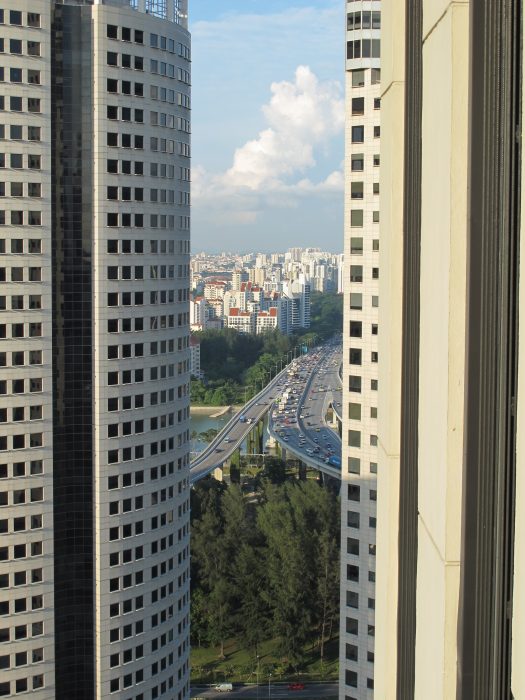
That freeway serves a trivial share of Singapore’s travel demand.
I’ve written about the why cars are a bad fit for cities in the past. While technologies such as automation and electrification may offer improvements in safety and environmental impact, the spatial requirements of automobiles will always be at odds with the spatial limitations of cities.
Cities in the United States have an estimated 8 parking spaces for every car. Automobiles take up a lot of space just to store, and require even more space on streets to move and be useful.
As one of the most densely populated cities in the world, Singapore has already devoted 12% of its land area to roads and there is no room to add more. Their updated policy to cap the total number of privately owned automobiles, including those used for ride-hailing services such as Uber and and its Southeast Asian competitor Grab, isn’t what some commentators may decry as a “war on cars”. It is an acknowledgement of the facts of geometry.
Cities, by definition, have relatively little space per person. Cars take up a lot of space per person. For cities undergoing population and economic growth, the only long-term solution to this geometric problem is to enable people to get around using less space than cars require — through walking, cycling and mass transit.
Canberra: Good Planning Can Lead to More Service
A decade ago, I was part of a team developing a Strategic Public Transport[1] Network Plan for Australia’s national capital, Canberra. It gave rise to this thinkpiece about long term public transport planning in general.
A key idea was to have a citywide network of Rapid buses, with widely spaced stops. Our most ambitious map (below, click to enlarge) imagined four of them, shown in red, though only the two longest ones were to be implemented anytime in the near future. We also proposed a local frequent network (orange) covering most of the city.
We stopped there because we wanted the plan to seem financially reasonable. Still, we were clear at the time that we were creating a structure for growth. We were not predicting what would happen in what year, but rather defining a network of services that would phase in as development and political support warranted.
So it’s in the nature of such a plan that you’re creating a guide without knowing exactly how it will come out. As it turns out, the plan has moved faster than I expected. One Rapid line is now becoming light rail, but just as important, the government has announced a far larger Rapid network than we ever imagined, nine lines in total:
When a transit idea catches on locally, everyone wants it, so the next stage is often to deploy it beyond the range of where it can really succeed.[2] So I wouldn’t be surprised to see this network pruned as ridership numbers come in, especially if times get leaner. But meanwhile, the lesson is that great planning can lead to more money, if it starts to build a vision that people care about. I don’t regret the fact that our plan’s vision, prepared 10 years ago, was more limited. At that time, a more abundant plan would have seemed delusional. You walk before you run, as they say. We were walking 10 years ago. Now Canberra is running.
[1] Public transport is the global term for what North Americans call transit. I tend to use the word appropriate to the place I’m talking about, but I hope everyone understands it on both sides of North America’s moat.
[2] One of my concerns in strategic planning is to propose only a few corridors of high-level transit in the early years, so that there’s a motive for development to concentrate on them. This effect is lost if that network goes too many places, relative to the demand for development. The result is likely to be a more sprawling city.
On Being Among the “100 Most Influential Urbanists”
Planetizen did an online survey on the most influential urbanists, and a first round, with a list of over 200, has now been narrowed to 100. For some reason, I am #57. It means a lot to me that there’s this much interest in transit networks. For most of my career, this has felt like lonely work, swimming upstream against a torrent of apathy.
But my gratitude wouldn’t be credible if I didn’t have a few questions.
The only person whose presence is really objectionable is surely Thomas Jefferson (#51). He is on the list mainly for his contributions to rural architecture, notably his estate at Monticello, as though all architecture is automatically urbanism. Meanwhile, he is famous for writing things like this:
I think our governments will remain virtuous for many centuries as long as they are chiefly agricultural; and this will be as long as there shall be vacant lands in any part of America. When they get plied upon one another in large cities, as in Europe, they will become corrupt as in Europe.
Jefferson was a good guy in many ways, but if you want to understand why the US constitutional structure is so biased against urban interests — most obviously in the construction of the Senate — you must consider Jefferson’s role in fostering this attitude.
Jefferson is the only person on this list that I’d question — and fortunately, I’m not too worried about offending him. Which raises a more amusing point.
Though I’m ranked as more influential than Hippodamus of Miletus (498-408 BCE), I’m obviously infinitely less influential than he was, if only because he got a 25-century head start. When I did this survey myself, I voted mainly for dead people, with a preference for long-dead people, because we have some perspective on how influential they actually were. Separate polls for different historical eras, and one for living people only, would have been a little more credible maybe. (And of course, the list makes it sound like urbanist history happened only in Europe and its colonies.)
Enough nitpicking. I’m not the 57th most influential urbanist in human history — maybe not even the 5700th — but it’s still a huge honor to be the 57th most popular among the readers of Planetizen. I’ve done what I could to change a conversation about transit that is very set in its ways, and I’m grateful to everyone who thought my work was worthwhile.
As for whether I was really influential, check back in the 47th century.
Not the Suburb of the Future
Several people have asked me to respond to landscape architect Alan Berger’s NYTimes piece on “The Suburb of the Future.” The piece invites us to imagine a series of technologies that will allow all of us to live on large plots of land spreading out across the landscape. It’s worth reading, because it captures a lot of what goes wrong when architects posit a purely aesthetic notion of urbanism without running the numbers or discussing the full impacts.
(It also contains that self-ridiculing term “what Millennials want,” which in the absence of data means “what I want Millennials to want.” Most people can’t predict what they’ll want later in life, and their parents and grandparents can only do this by assuming, perilously, that their children are copies of themselves who will follow the same life trajectory that they did.)
My own city, Portland, has achieved its desirability largely through it’s urban growth boundary constraining sprawl. If Alan had had his way 40 years ago, the magnificent and relatively new vineyard region just outside of our city, and Oregon’s best agricultural land, would all be covered with houses by now.
Helsinki: A Transit Map by Jug Cerovic
A while back I did a post on the subway maps of the Paris-based Serbian designer Jug Cerovic. His style is to look for distinguishing features in the geometry of the network structure, and highlight these to give a sense of order.
He has a new one of Helsinki …
… but the cool thing is not just the map but his explanation of his design process, which I highly recommend.
Bus Network Design is a “Hot Trend”!
Longtime readers know I’m suspicious of “hot trends,” but it’s great to see that bus network design is finally having its moment in the limelight. The respected public policy magazine Governing has a nice feature by Daniel Vock on bus network redesign. It happens to feature two projects that we worked on, Columbus and Houston, and it has some quotes from me, but it would be a good article even without those things.
There’s one mistake in the piece. Vock writes, “Plus, a well-designed bus network can lead to fewer trips because riders have to transfer less to get to their destinations.” I think he means boardings rather than completed trips, but in any case, our network designs sometimes increase transferring, even as they reduce travel time.
But it’s a good read.
